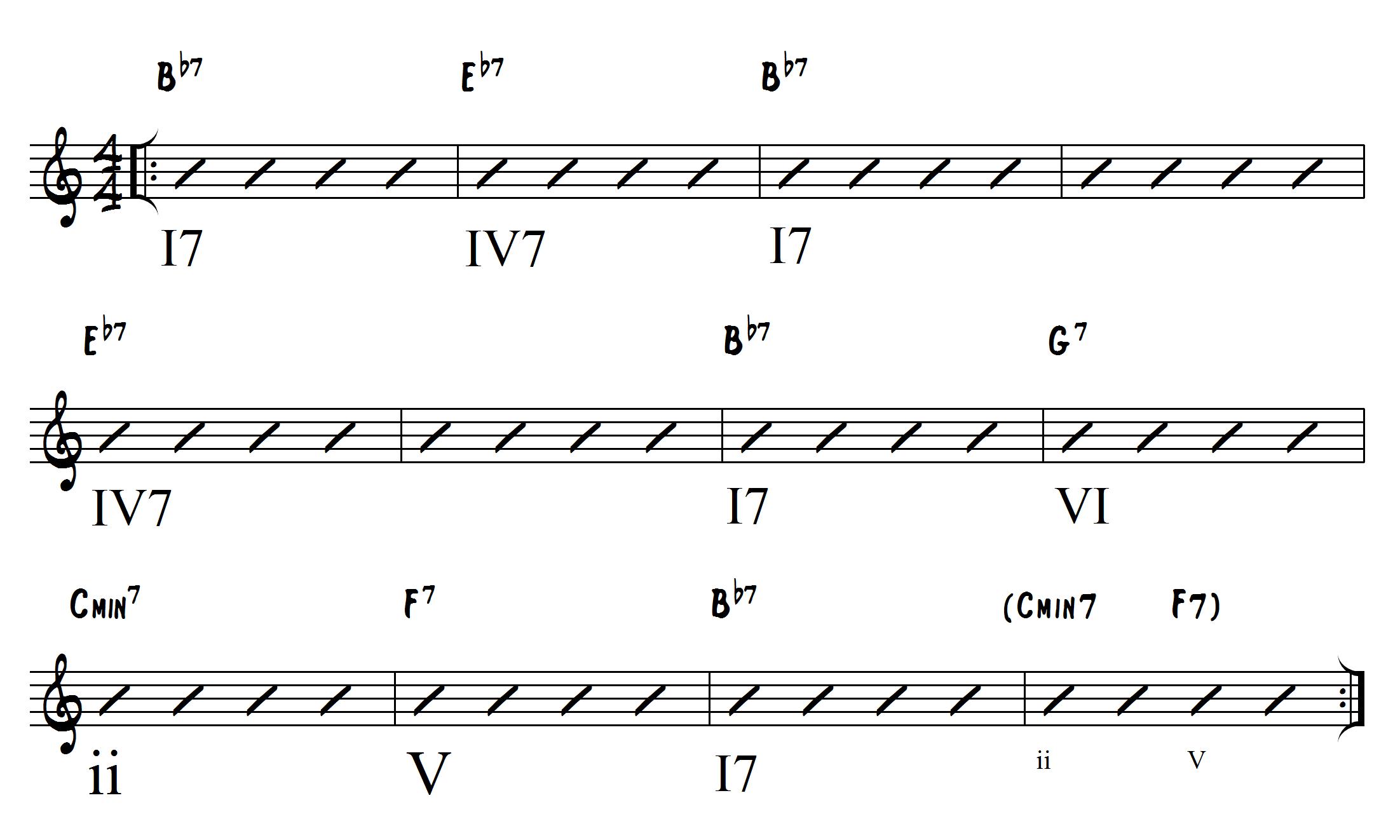


If we move G to the top, we’re back again to C-E-G, or root position. If we then move the E to the top, that’s called… you guessed… 2nd inversion. If we move the C to the top of the chord as E-G-C, that’s called 1st inversion. So, a C major chord in root position is C-E-G. In order to talk about our first technique for sounding better on the piano, we need to talk about… Chord InversionsĪ chord inversion is simply a chord that is played in something other than “root position.” Root position means the root of the chord is on the bottom (left-most on the piano keyboard).

So, in the video, I’m working with the famous I – vi – ii – V7 progression, which you may know from “Heart and Soul,” that famous duet played by aspiring pianists of all ages. The “V” (5) chord is normally played as a dominant 7th chord, FYI. Also notice that the vii(dim) chord is diminished, since the notes are B-D-F.Ī very popular chord progression that’s been around forever is ii – V7 – I. There is no VIII chord – it’s the same as the I chord. Similarly, we get the following chords, moving up the C major scale: Since this chord’s root is the “2” note, and since it’s a minor chord, we’ll label this with a LOWERCASE Roman numeral ii. If we then move each of those 3 notes up the C major scale one note, the next chord we get is D minor, or D-F-A. Since the root of this chord is the “1” note, and it’s a major chord, we’ll label this with a capital Roman numeral I. Now, if we play a C major chord in root position, we would play C-E-G, or 1-3-5.

In the key of C, the C major scale is simply made up of all the white keys on the piano: In this case, we’re working in the key of C, so we just need to translate those symbols to that key.
JAZZ KEYBOARD CHORD DICTIONARY SERIES
In the video, I’m working with the I-vi-ii-V7 chord progression, which refers to a series of chords independent of any key. This is kind of a bonus lesson for my Jazz Piano… FAST! online/DVD video piano course, which you can learn more about here.
JAZZ KEYBOARD CHORD DICTIONARY HOW TO
In this post, I’ll show you – in both video and text/picture form – how to get started making your own piano playing sound more… well… “jazzy.” Jazz piano can seem kind of “mysterious” or “magical” to the uninitiated or untrained, but once you know a few basic tricks, it’s easy to see how to create your own jazz piano arrangement using just a few standard techniques. Jazz Piano Lesson: Chords, Inversions and Voice Leading (Video)


 0 kommentar(er)
0 kommentar(er)
